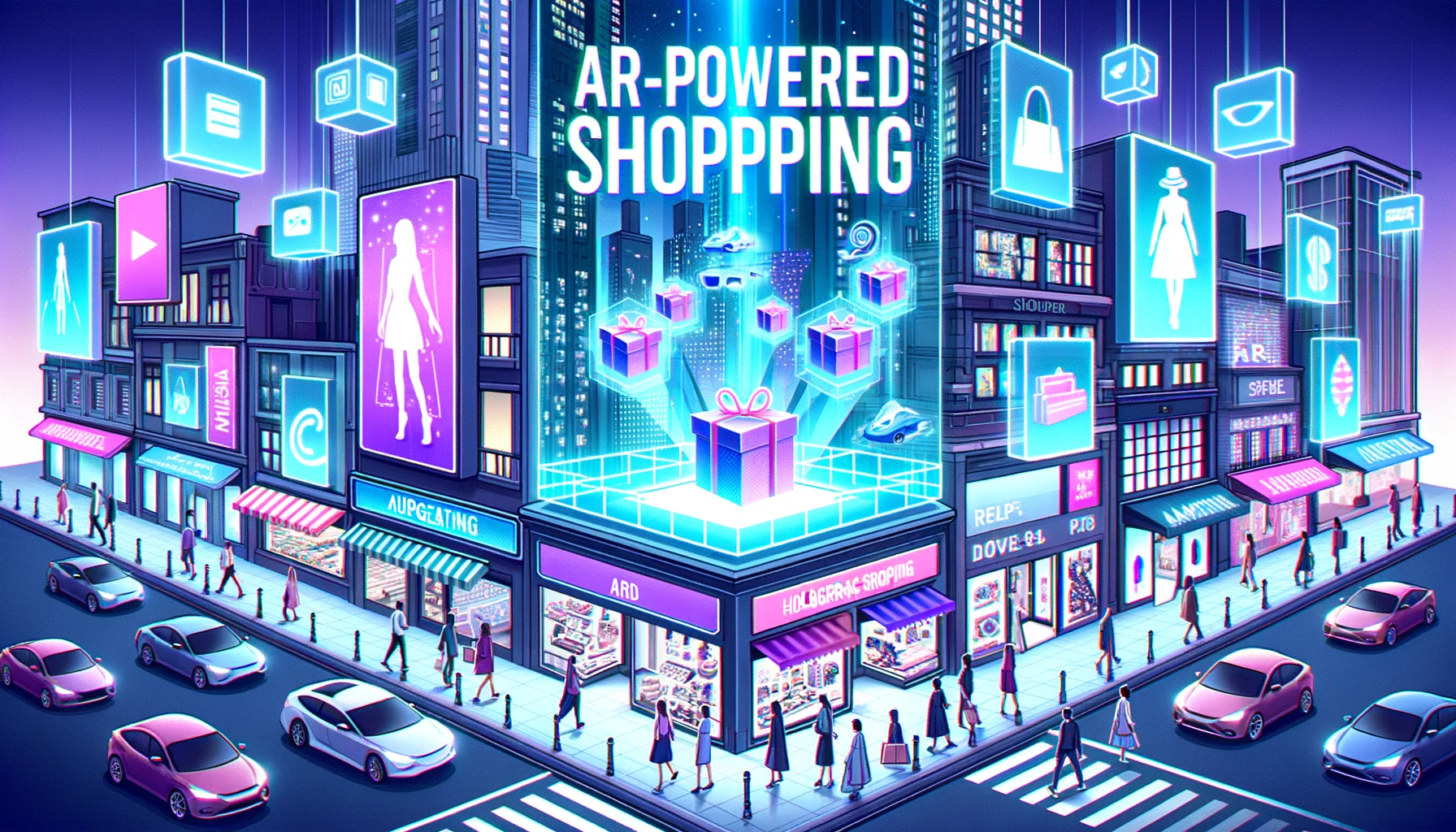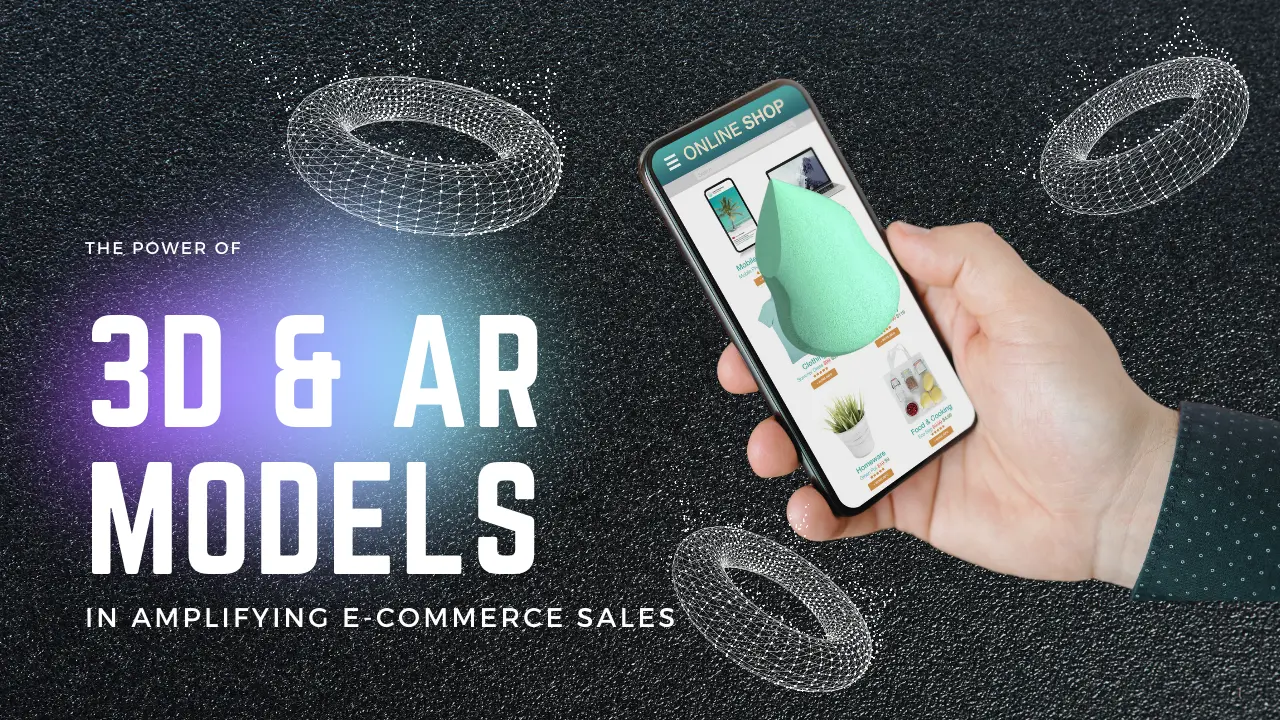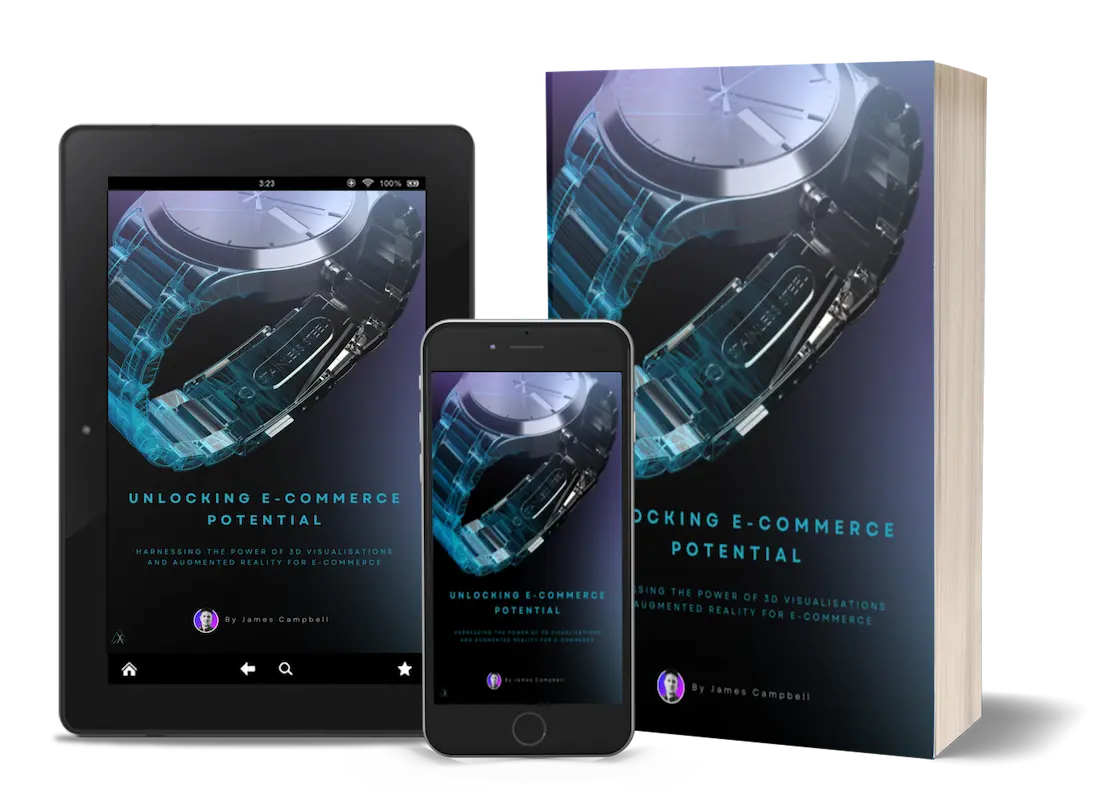The world of e-commerce is a competitive landscape, where every click and conversion counts. And when it comes to enticing customers to make that crucial purchase, product images are the silent heroes that can make or break your online store’s success. Yes, you heard it right – those eye-catching visuals have the power to captivate shoppers’ attention, convey your brand message, and ultimately drive higher conversion rates. But how exactly can you optimize your e-commerce product images for maximum impact? Join us as we dive into the fascinating realm of visual psychology and discover top-notch tips for creating high-quality photos that will leave your customers craving more! Get ready to revolutionize your online business with our ultimate guide to optimizing e-commerce product images for better conversion rates!
The Importance of Product Images in E-commerce
In the fast-paced world of e-commerce, first impressions matter more than ever. When potential customers visit your online store, they want to see what they’re getting before committing to a purchase. This is where product images come into play.
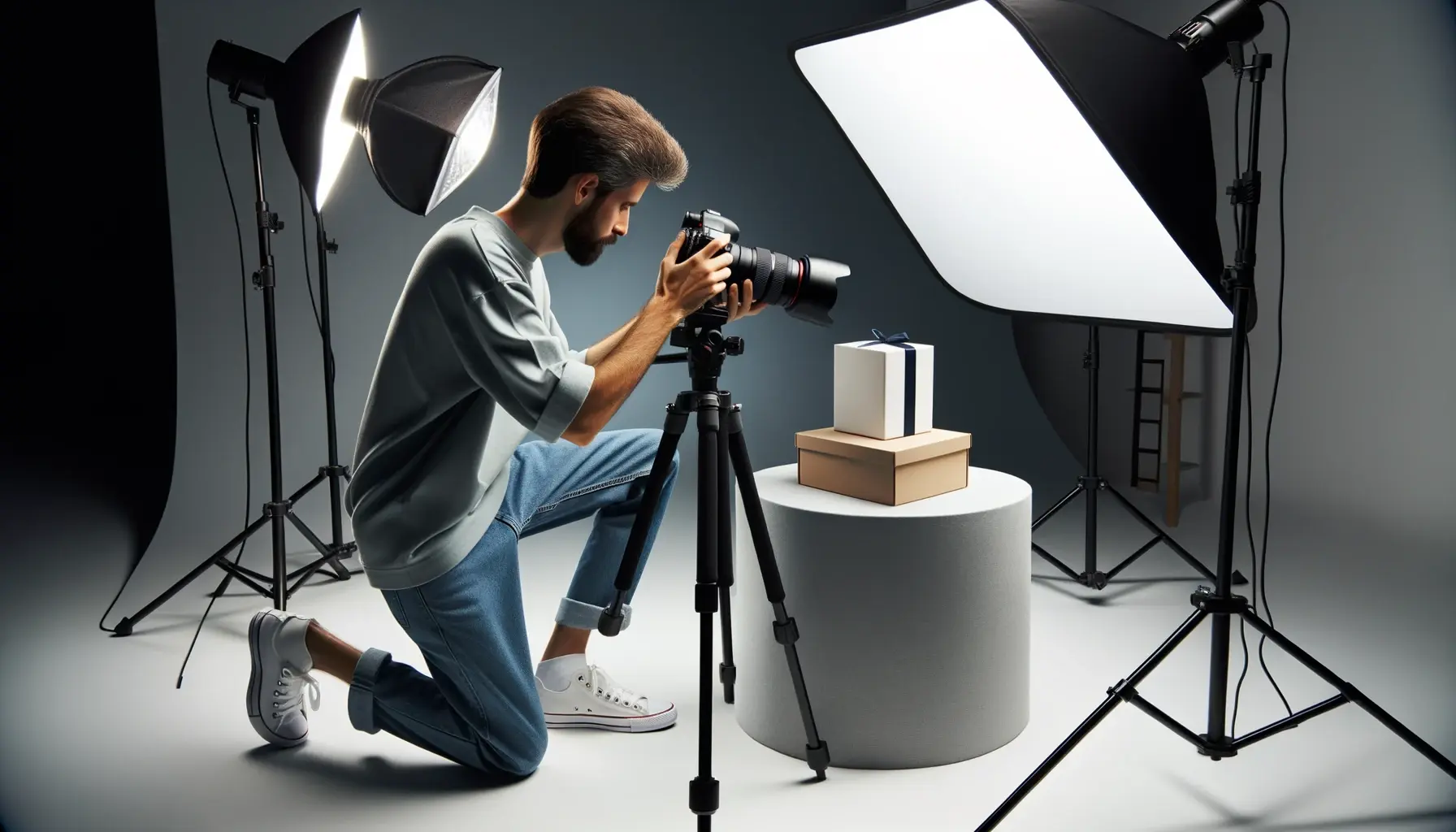
Product images serve as visual ambassadors for your brand, conveying vital information and enticing shoppers to engage with your offerings. They provide an opportunity to showcase the features and benefits of your products in a way that words alone cannot capture.
High-quality product images can build trust and credibility with customers. Clear, detailed photos give shoppers confidence in their purchasing decisions by allowing them to visualise how the product will fit into their lives.
Moreover, research has shown that people are highly visually-oriented beings. Studies indicate that humans process visuals much faster than text and retain information better when it’s presented visually. By incorporating strong visuals into your e-commerce strategy, you can tap into this natural inclination towards imagery and create a memorable impact on potential buyers.
With countless online options available at consumers’ fingertips, competition is fierce in the e-commerce industry. Your product images need to stand out from the crowd and instantly captivate attention amidst all the noise. Investing time and effort into creating compelling visuals will set you apart from competitors who may rely on generic stock photos or low-resolution images.
So remember: great product images are not just nice-to-have; they are essential for driving conversion rates in today’s competitive marketplace. It’s time to unlock the power of visual storytelling through stunning imagery that connects with your target audience on a deeper level!
Understanding the Psychology Behind Visuals and Consumer Behaviour
When it comes to e-commerce, visuals play a crucial role in capturing the attention of potential customers and influencing their purchasing decisions. Understanding the psychology behind visuals and consumer behaviour can help businesses optimise their product images for better conversion rates.

It’s important to recognise that humans are visual creatures. Our brains process visual information much faster than text, making images an effective way to convey messages and evoke emotions. High-quality product images can create a positive perception of your brand and instil trust in potential buyers.
Furthermore, visuals have a significant impact on consumer behaviour. Colours, for example, can trigger different emotions and influence buying decisions. Warm colours like red and orange may stimulate excitement or urgency, while cool colours like blue and green often promote feelings of calmness or trustworthiness.
Moreover, the use of human models in product images can also influence consumer behaviour. Research shows that people tend to relate more to products when they see them being used by others. By including relatable models in your photoshoots, you can increase customer engagement and boost sales.
In addition to understanding the psychology behind visuals, it’s essential to consider how consumers interact with e-commerce platforms. With the rise of smartphones and mobile shopping apps, optimising product images for mobile devices has become paramount. Ensuring that your images load quickly without sacrificing quality is crucial for providing a seamless user experience.
To summarise, by harnessing our understanding of visual psychology and tailoring our product images accordingly – from colour selection to incorporating relatable models – businesses stand a greater chance at capturing consumer attention, driving conversions, enhancing brand perception!
Tips for High-Quality Product Photography
When it comes to e-commerce, the importance of high-quality product photography cannot be overstated. The images you use can make or break a sale, as they are often the first thing that catches a shopper’s eye and influences their decision-making process. To ensure your product images are top-notch, here are some essential tips to follow.
Invest in good equipment. A quality camera with adjustable settings will allow you to capture clear and crisp images. Consider using a tripod to eliminate any shaky shots.
Next, pay attention to lighting. Natural light is ideal whenever possible, as it helps showcase your products in their truest form. If shooting indoors, experiment with different types of lighting setups to find what works best for each item.
Composition is another important aspect of product photography. Think about how you want the items positioned within the frame and consider using props or backgrounds that complement your products’ style and aesthetic.
In addition, don’t forget about consistency across your entire catalog. Having a consistent look throughout all your product images creates brand cohesion and makes browsing easier for customers.
Lastly but importantly, post-processing can greatly enhance your photos’ appeal when done correctly. Basic edits like adjusting brightness and contrast can go a long way in making your products stand out.
By implementing these tips into your e-commerce photography strategy, you’ll increase the likelihood of capturing stunning visuals that entice potential buyers into making a purchase!
Utilising Different Angles, Backgrounds, and Props

When it comes to optimising your e-commerce product images for better conversion rates, one of the key factors to consider is how you present your products visually. By utilising different angles, backgrounds, and props in your photography, you can create a more engaging and persuasive shopping experience for your customers.
Capturing your products from multiple angles allows potential buyers to get a comprehensive view of what they are considering purchasing. This helps them make informed decisions and reduces the likelihood of returns or dissatisfaction with their purchase. Experimenting with various angles also adds variety to your product listings and makes them more visually appealing.
Additionally, choosing the right background for your product images can have a significant impact on their overall appeal. A clean white background is often preferred as it allows the focus to remain solely on the product itself. However, depending on your brand aesthetic or specific product category, you may opt for more creative backgrounds that align with your brand identity.
Props can also play a crucial role in enhancing the visual appeal of your product images. Adding relevant props that demonstrate how the product can be used or styled creates a sense of context and helps customers envision themselves using the item in real life.
By utilising different angles, backgrounds and props in your e-commerce product photography, you can captivate shoppers’ attention and entice them towards making a purchase. Remember, the goal is to provide an immersive and informative visual experience that motivates conversions and boosts sales. So don’t hesitate to get creative and experiment with different techniques to find what works best for showcasing your unique products!
The Power of Editing: Enhancing Your Product Images
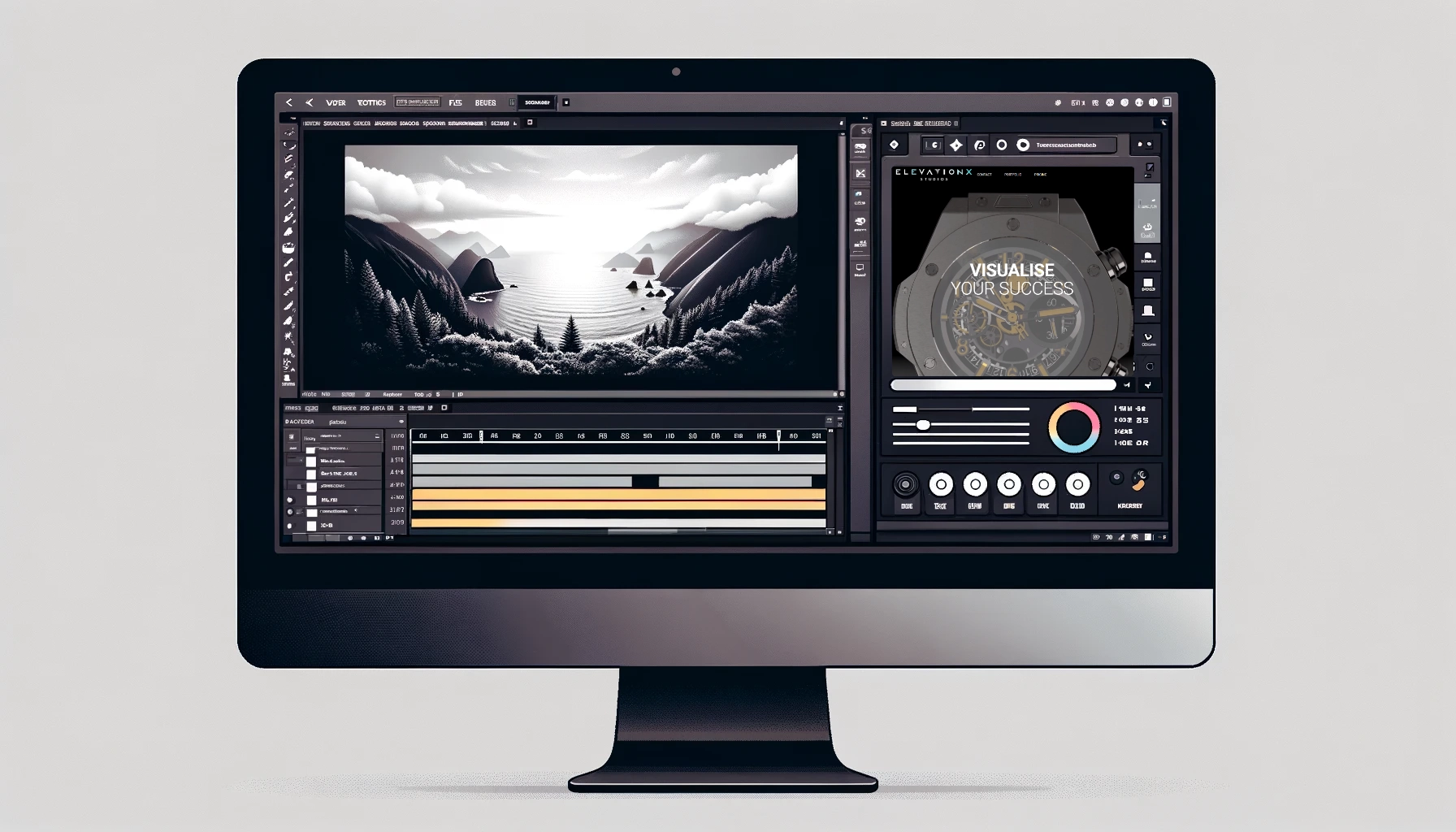
When it comes to e-commerce, product images play a crucial role in capturing the attention and interest of potential customers. But simply taking a photo isn’t enough; you need to ensure that your images are visually appealing and compelling. This is where the power of editing comes into play.
Editing allows you to enhance your product images, making them look more professional and enticing. It enables you to adjust elements such as brightness, contrast, colours, and sharpness, ensuring that your products appear vibrant and true-to-life. By fine-tuning these aspects, you can create visually stunning images that capture the essence of your products.
Another important aspect of editing is removing any distractions or imperfections from the image. Whether it’s dust particles on a piece of jewelry or an unwanted background element, editing tools can help clean up these distractions and present a polished final image.
Furthermore, editing provides an opportunity for consistency across all your product images. By applying similar edits to each photo in terms of lighting, color balance, and overall style, you can establish a cohesive visual identity for your brand.
In addition to traditional photo editing techniques like adjusting exposure or cropping out unwanted elements, there are also advanced options available. For example, you can utilise retouching tools to remove blemishes or imperfections from models showcasing clothing items or use overlay effects for creative enhancements.
It’s worth noting that while editing has its benefits in enhancing product images, it’s essential not to go overboard with excessive manipulation. Ultimately, you want your photos to accurately represent what customers will receive when they purchase from your online store. Keeping things authentic ensures trust between you and potential buyers.
In conclusion, the power of editing cannot be underestimated when it comes to optimising e-commerce product images. With careful adjustments, removing distractions, and maintaining authenticity, you’re bound
to see an increase in conversion rates as customers are more likely to be drawn to your visually appealing and professional product images.
Mobile Optimisation for E-commerce Images
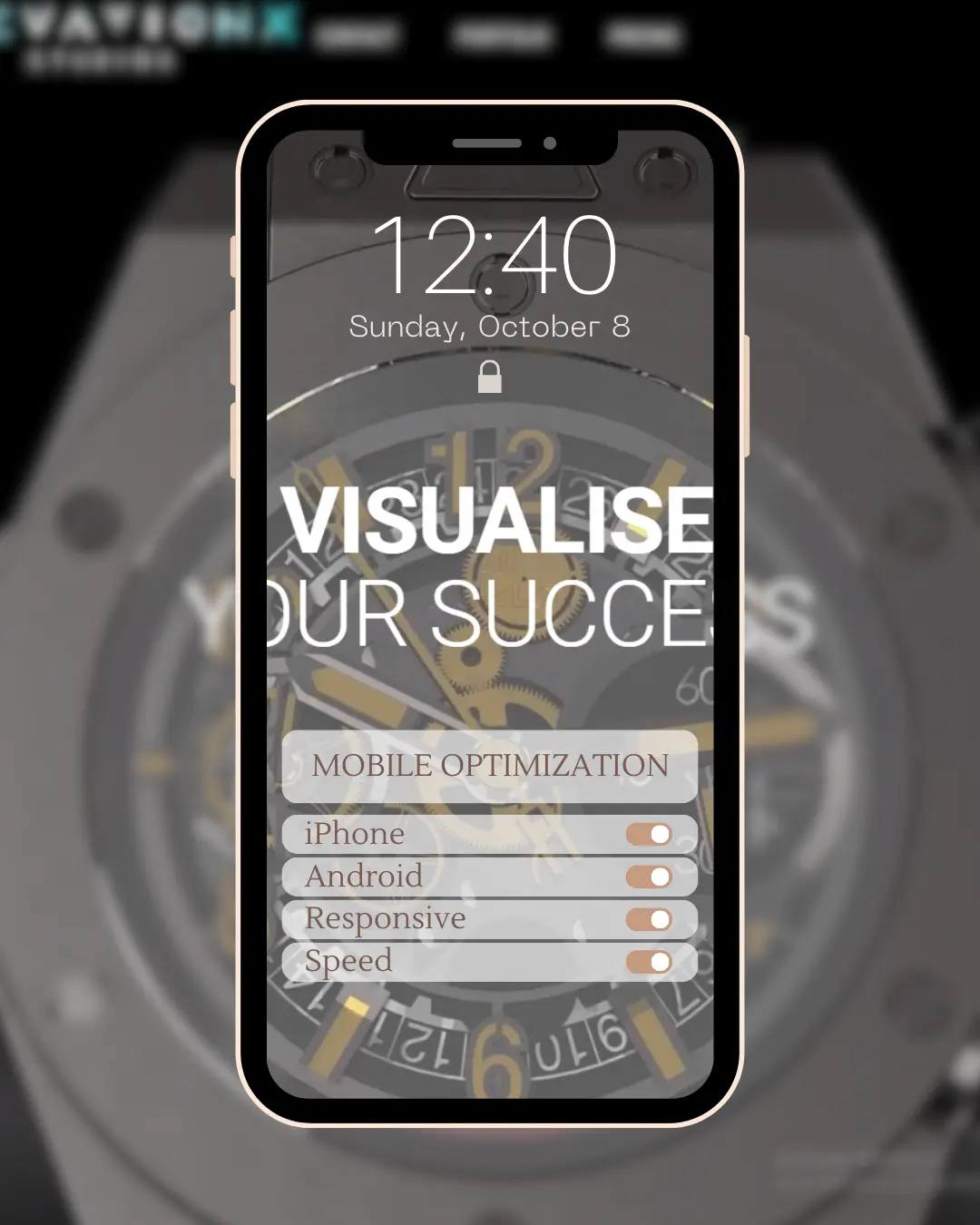
In today’s digital age, mobile devices have become an integral part of our lives. With the increasing popularity of smartphones and tablets, it is crucial for e-commerce businesses to optimise their product images for mobile users.
When it comes to mobile optimisation, there are a few key factors to consider. Ensure that your images are responsive and can adapt to different screen sizes without compromising quality or loading time. This will provide a seamless user experience and prevent potential customers from abandoning your site due to slow load times.
Another important aspect of mobile optimisation is image compression. Large file sizes can significantly slow down page load times on mobile devices with limited bandwidth. By compressing your images without sacrificing quality, you can improve website performance and enhance the overall user experience.
Additionally, consider using alternative text (alt text) for your product images. Alt text provides a description of the image content for visually impaired users or in case the image fails to load properly. Including relevant keywords in alt text can also help improve search engine visibility.
Take advantage of touch-friendly features such as zoom functionality or swipe gestures for users browsing products on smaller screens. These interactive elements not only enhance user engagement but also allow shoppers to examine product details more closely.
By optimising your e-commerce images for mobile devices, you can create a seamless shopping experience that caters to the needs and preferences of modern consumers-on-the-go!
Measuring and Improving Conversion Rates with A/B Testing

Measuring and improving conversion rates is a crucial aspect of any e-commerce business. It allows you to track the effectiveness of your product images and make data-driven decisions to optimise them for better results. One effective method to achieve this is through A/B testing.
A/B testing involves creating different variations of your product images and presenting them to users randomly. By comparing the performance metrics of these variations, such as click-through rates or conversion rates, you can determine which version resonates better with your target audience.
When conducting A/B tests for product images, it’s important to focus on one variable at a time. This could include changes in image composition, colour schemes, or even minor details like text overlays or pricing tags. By isolating each change, you can accurately measure its impact on conversion rates.
To ensure accurate results from your A/B tests, it’s essential to have a sufficient sample size and run the test for an appropriate duration. Additionally, consider segmenting your audience based on demographics or purchase behaviour to gain insights into specific customer segments.
Once you have collected enough data from your A/B tests, analyse the results carefully. Identify patterns or trends that emerge across multiple iterations and use those findings as guidelines for optimising future product images.
Remember that optimisation is an ongoing process; what works today may not work tomorrow. Continually monitor user behaviour and adapt accordingly by running new rounds of A/B tests regularly.
By harnessing the power of A/B testing in combination with other strategies discussed earlier in this article (such as high-quality photography and mobile optimisation), you can effectively enhance your e-commerce product images’ ability to convert visitors into customers without compromising their visual appeal!
What is 3D product modelling and how can E-commerce benefit from it?
3D product modelling is a technique used to create digital representations of physical products. It allows businesses to showcase their products in a more realistic and interactive manner, enhancing the overall customer experience.
Compared to traditional 2D product images, 3D product modelling offers several advantages.
Firstly, it allows for greater customisation and flexibility in terms of product variations and viewing angles. This can help customers make more informed purchasing decisions.
Additionally, 3D modelling can also be used to create interactive product demonstrations, giving customers a better understanding of the product’s features and functionality.
Overall, 3D product modelling can improve customer engagement and conversion rates, making it a valuable tool for e-commerce businesses.
Conclusion
Optimising e-commerce product images is a crucial step towards improving conversion rates and driving more sales. By understanding the psychology behind visuals and consumer behaviour, you can leverage the power of high-quality product photography to capture your audience’s attention.
Remember to utilise different angles, backgrounds, and props to showcase your products in the best possible light. Experiment with editing techniques to enhance your images and make them more visually appealing. And don’t forget about mobile optimisation – ensuring that your product images load quickly and look great on smaller screens is essential.
Measuring and improving conversion rates through A/B testing will allow you to fine-tune your approach over time, identifying what works best for your target audience. Stay updated with current trends in e-commerce imagery to keep up with changing consumer preferences.
Optimising e-commerce product images requires an ongoing commitment to excellence. By consistently striving for high-quality visuals that resonate with consumers, you can create a shopping experience that not only captures their attention but also compels them to make a purchase.
So take the time to invest in professional product photography or improve upon existing imagery. Remember that every detail matters when it comes to optimising conversion rates in the competitive world of e-commerce.
Start implementing these strategies today, watch as your conversions soar!
FAQs
For any inquiries or clarifications, our comprehensive FAQ page is available.
